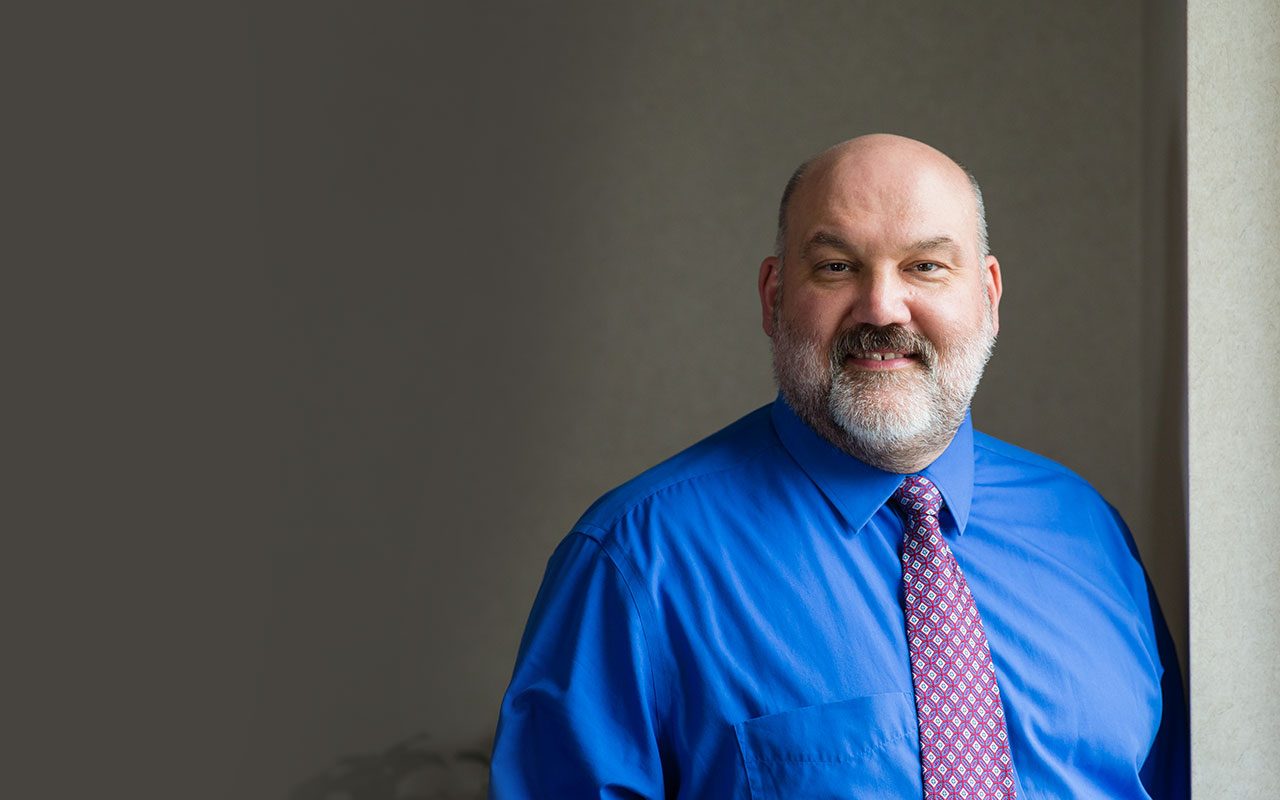This article has been revised to provide the most accurate and up-to-date information.
*original publication date: December 7, 2018. Revised May 1, 2023
The Anatomy of the Spine
The spine is a string of vertebral bones that connect the skull all the way down to the pelvis, and it is divided into five separate sections: the cervical spine (neck), the thoracic spine (mid back), the lumbar spine (low back), the sacrum, and the coccyx (tail bone). The top three spine sections are all composed of individual, separated vertebrae, while the sacrum and coccyx sections are composed fused vertebrae. The sacrum has five fused vertebrae, and the coccyx has three, four (most commonly) or five fused vertebrae.
Cervical Spine (neck)
The cervical spine is composed of seven vertebrae, which are numbered from one to seven from top to bottom. The cervical spine is in a lordotic shape, meaning that it curves inward. When looking at a person from the side when they are facing to your left, the spine will make a “C” shape. The top two vertebrae have a slightly different anatomy than the other vertebrae in the spine.
C1, the top vertebrae, is known as the atlas. It has two indentions on the top surface that allow it to fit into the bottom of the skull. The primary motion of this joint is to allow the head to nob up and down. C2, called the axis, contains a point, known as the dens, that sticks up from the front of the vertebrae. The dens works in conjunction with the atlas to allow the head to rotate to the right and left.
Thoracic Spine (mid back)
The thoracic spine is directly under the cervical spine, and it is made up of 12 vertebrae, numbered from one to 12 from top to bottom. However, instead of a lordotic shape, the thoracic spine is in a kyphotic shape. This means that it curves outwards, in the shape of a backwards “C.” Each of the 12 thoracic vertebra supports a pair of ribs.
Lumbar Spine (low back)
The lumbar spine is composed of five vertebrae, which are also numbered from top to bottom from one to five. These are the largest vertebrae in the spine and are responsible to support the most weight compared to the other spine sections. The lumbar spine also has a lordotic curve.
Sacrum (often erroneously referred to as the “tailbone”)
The sacrum is composed of five vertebrae that become fused together during the development process inside the uterus. This section forms the lower portion of the spine as well as the back of the pelvis and hip girdle.
Coccyx (true anatomic tailbone)
At the bottom of the sacrum is where the coccyx is located. There is some variability in this spine section. In most people the coccyx is comprised of 4 fused vertebra, but some people have as few as three or as many as five. The coccyx is the true tailbone.
The Vertebrae
Vertebrae have several features that allow them to perform specific functions. With the exception of the axis and atlas, the other vertebrae all have similar characteristics. Each vertebra has a spinous process on the back of it. These downward-pointing ridges are able to be felt when you touch the back your spine.
Transverse processes are found on the left and right sides of each vertebra, and they provide attachment points for tendons and ligaments. There are also facet joints on the top and bottom of each vertebra, allowing them to fit onto the vertebra above and below. These joints allow the spine to twist and bend while remaining stable. The vertebrae become progressively larger in size as you move down the spine, in proportion to the load each must bear.
Intervertebral or Spinal Discs
Between each of the vertebrae are spinal discs. These discs serve as cushions between each vertebra and are composed of a tough, fibrous outer layer known as the annulus fibrosus and a gel-like inner layer known as the nucleus pulposus. These discs help to withstand forces from compression, bending, and twisting.
Spinal Disorders
There are numerous injuries that can occur to the spine, and each one affects the spine differently. Injuries can affect the shape or alignment of the spine, its function, or the tatus of the discs and facet joints between each vertebra.
Compressed Vertebra
A vertebral compression fracture, also known as a compressed vertebra, occurs when the bone of a vertebra collapses. This can result from either a compression injury or just a simple movement. These injuries are especially common in individuals who suffer from osteoporosis.
Disc Annulus Fibrosus Tear (fissure)
An annulus fissure occurs when the outer portion of the spinal disc develops a tear in it. The annulus of the disc contains many nerve fibers, so a tear to this area can be extremely painful. Because blood supply to this structure is not ideal, fissures can nerve heal completely on their own. Discseel, a new non-surgical spine procedure, has the capability to seal the fissures. Learn more at RegenerativeSpineAndJoint.com.
Disc Herniation
A herniated disc occurs when some of the nucleus pulposus (inner portion of the disc) leaks out through a tear in the annulus fibrosus (outer wall of the disc). This rupture can place pressure on surrounding nerve roots and cause pain or numbness in the extremities. A disc herniation results in a reduction of the total disc height, which can lessen the spine’s ability to withstand compression.
Degenerated Disc
Discs can break down over time, which occurs due to degenerative disc disease. Over time, the nucleus pulposus loses water content via the annulus fibrosus fissures, which causes the disc to become more rigid. Spine mobility is then compromised. A degenerated disc can become dried out and cracked, leading to less functionality and increased pain. Degenerative disc disease can also benefit from treatment with Discseel.
Sources:
https://my.clevelandclinic.org/health/articles/10040-spine-structure-and-function
https://www.spinemd.com/symptoms-conditions/annular-tear
https://www.mayoclinic.org/diseases-conditions/herniated-disk/symptoms-causes/syc-20354095
https://www.healthline.com/health/herniated-disk
https://www.webmd.com/back-pain/degenerative-disk-disease-overview#1

